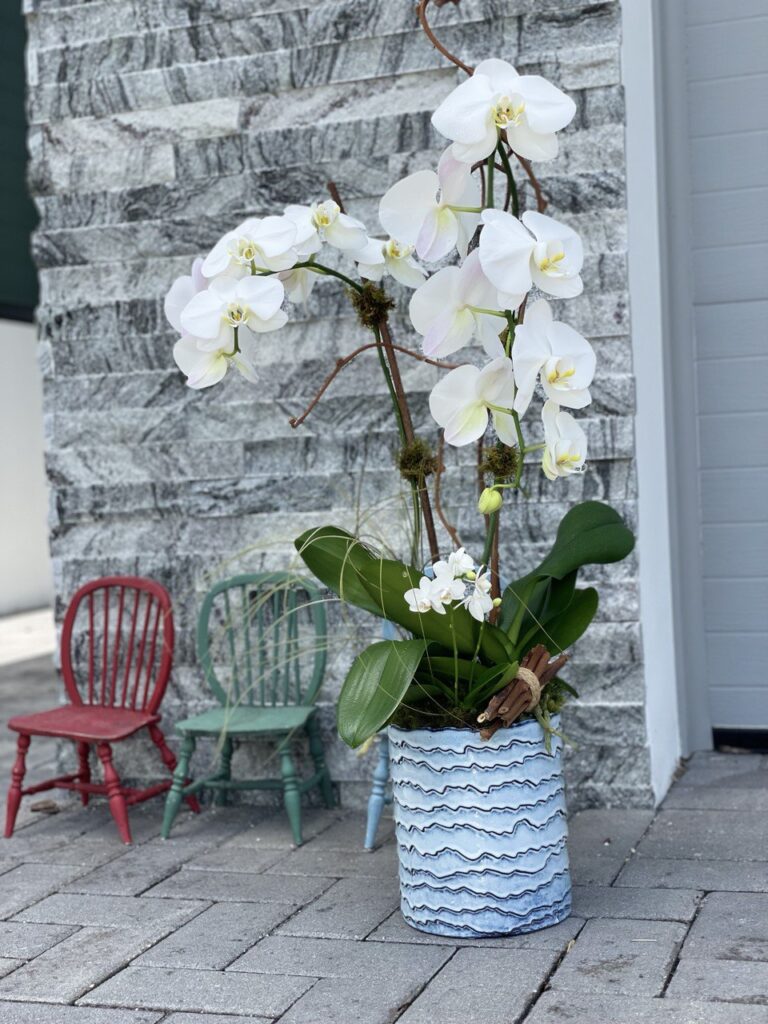Understanding Orchid Needs: The Importance of Proper Watering

Orchid Care https://vivaorchids.com/orchids-care/
Orchids are unique and diverse plants that require specific watering techniques to thrive. Unlike many common houseplants, orchids have developed a different relationship with moisture and depend heavily on their growing conditions. Specific types of orchids, such as Phalaenopsis and Cattleyas, have distinct watering needs influenced by their natural habitats. For instance, epiphytic orchids naturally grow on trees, absorbing moisture and nutrients from the air, while terrestrial orchids thrive in the ground. Thus, understanding the type of orchid you are cultivating is vital in determining your watering routine.
Environmental factors play a significant role in the watering frequency required by orchids. Temperature, humidity, and light levels in the growing environment greatly affect the moisture needs of orchids. For example, higher temperatures and low humidity may necessitate more frequent watering, whereas cooler temperatures combined with high humidity could result in the need for less frequent moisture addition. As such, monitoring these conditions is essential to provide the most suitable care for your orchids.
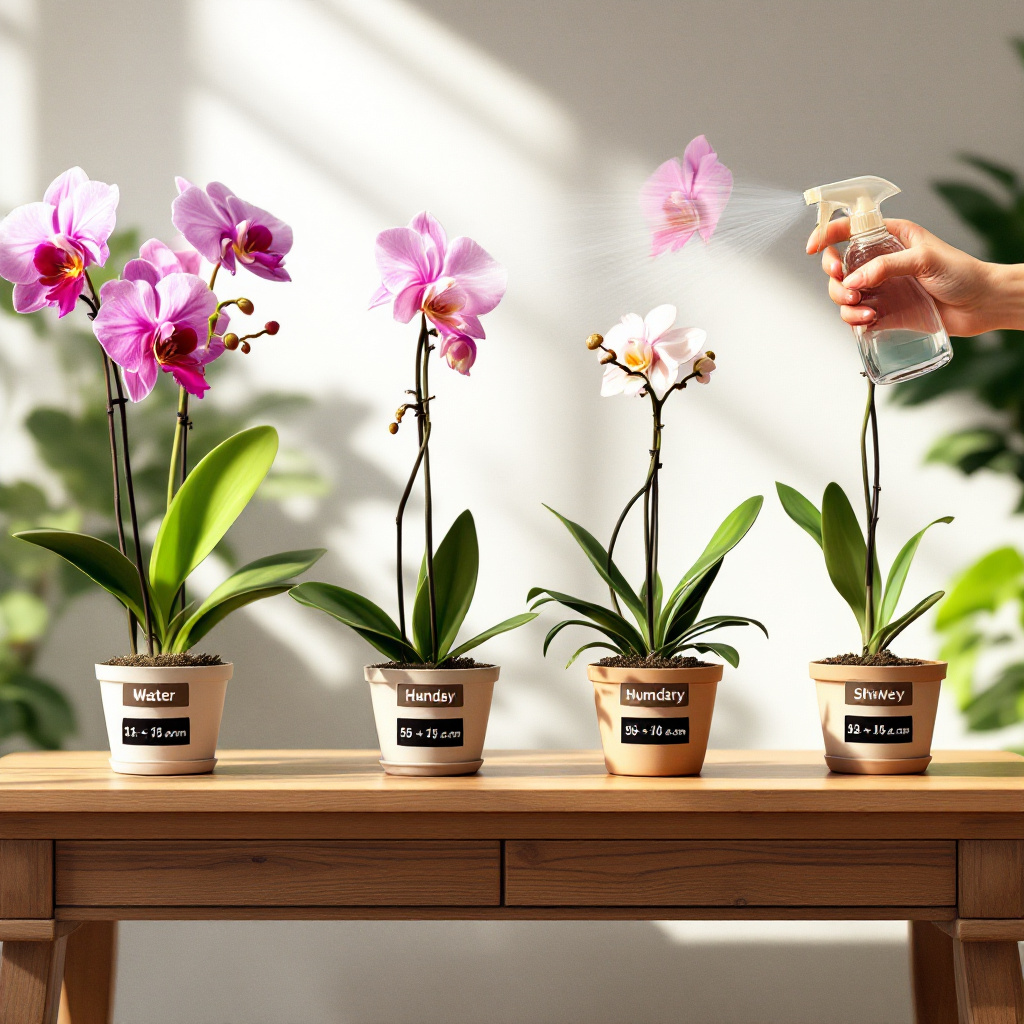
The potting medium is another critical factor impacting watering requirements. Orchids typically grow in well-draining substrates that allow for airflow to their roots, such as bark or sphagnum moss. These materials retain moisture differently compared to traditional soil. Consequently, understanding the chosen potting medium’s properties will help inform your watering schedule. Overwatering can lead to root rot, while under-watering may cause a decline in overall health, highlighting the importance of striking a balance.
In summary, the unique watering needs of orchids arise from their natural adaptations, environmental conditions, and specific potting mediums. Recognizing these factors is essential in developing a suitable watering regimen that enhances the wellbeing of these exquisite plants.
Signs of Overwatering: How to Identify the Problem
Overwatering can be a significant issue for orchid enthusiasts, leading to detrimental effects on these delicate plants. One of the most common signs that an orchid is receiving too much water is the yellowing of leaves. This discoloration can indicate stress within the plant and often results in leaves that appear limp or mushy. Healthy orchid leaves are typically firm and vibrant, so any change signals potential overwatering.
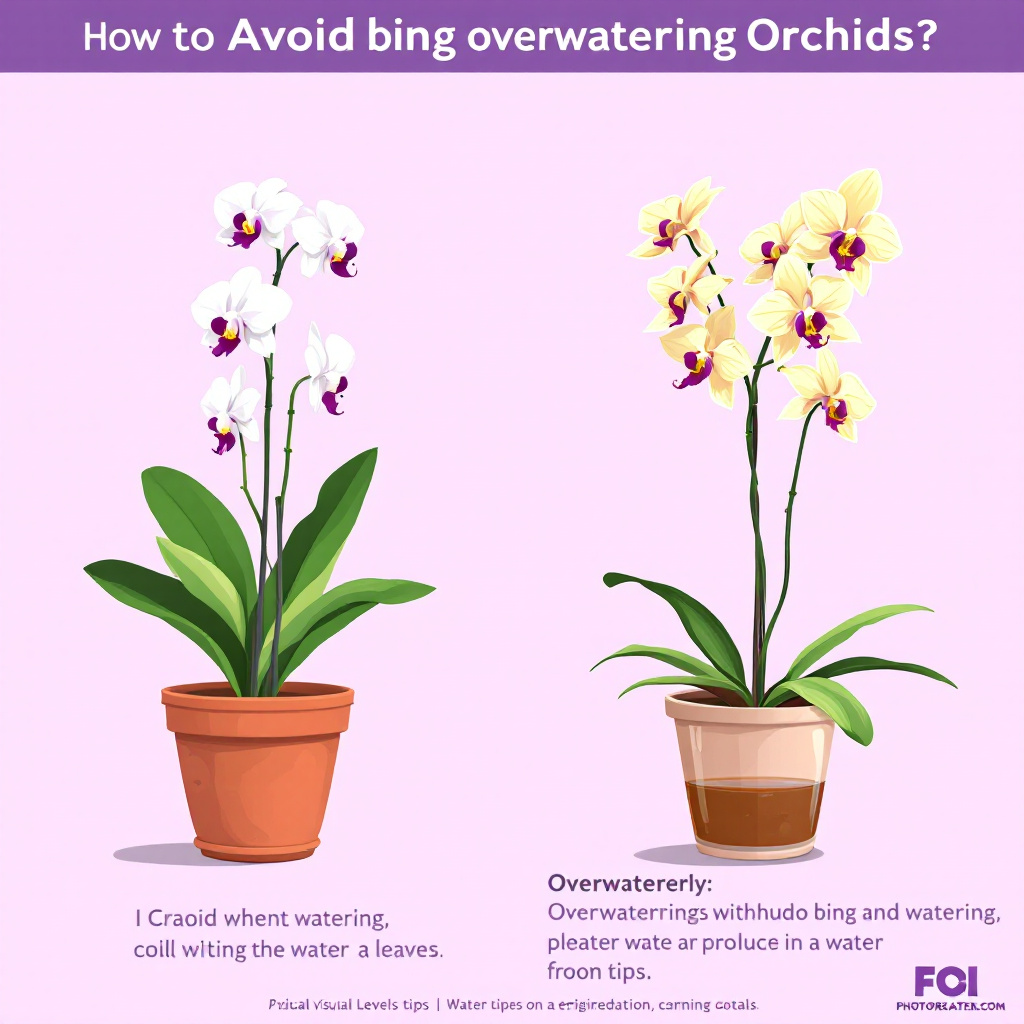
Another serious consequence of excessive watering is root rot. Orchids require well-draining media, and stagnant water can lead to the breakdown of root structures. When inspecting the roots, healthy ones are usually firm and white or light green in color. In contrast, rotting roots tend to be dark, mushy, and may emit a foul odor. Identifying these symptoms early can significantly affect the orchid’s chances of rehabilitation.
In addition to yellow leaves and root rot, mold growth can also signal overwatering. Mold typically appears on the surface of the potting media and can be identified by its fuzzy, white appearance. This not only indicates too much moisture but can also attract pests or disease, further compromising the plant’s health. Furthermore, if the potting media remains constantly wet, it may be time to reassess your watering schedule.
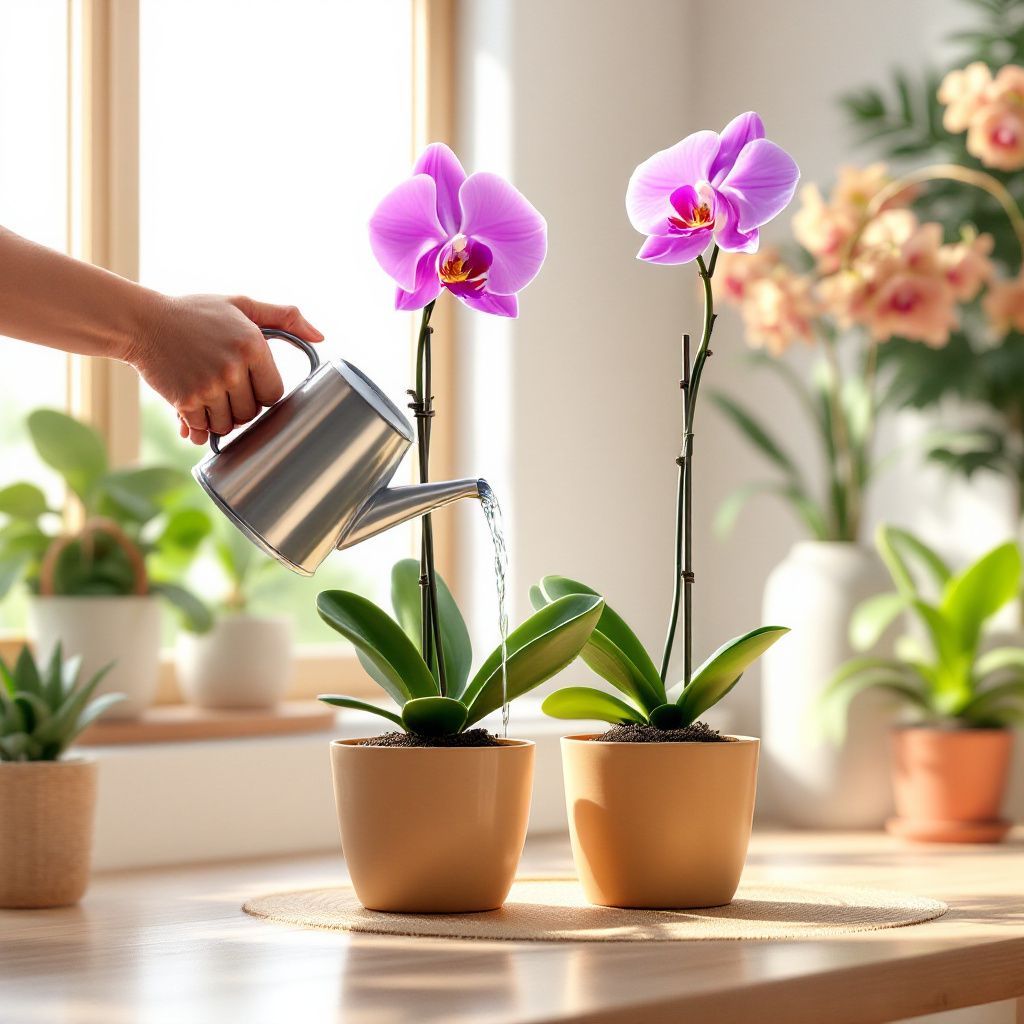
Finally, one should examine the overall positioning of the plant. Orchids that are placed in overly humid environments or in pots that do not drain well are especially prone to excessive moisture. In summary, keeping an eye out for these signs such as yellowing leaves, root rot, and mold growth is critical to maintaining the health of your orchid. Properly inspecting your orchid for these symptoms will not only help in diagnosing potential issues but also guide you in adjusting your watering practices effectively.
Best Practices for Watering Orchids: Techniques to Ensure Healthy Growth
Watering orchids correctly is vital for their health and longevity. Different varieties of orchids have varying needs, but several effective techniques can be applied universally to ensure optimal growth. One widely accepted practice is the soaking method, where you submerge the pot in a basin of water for about 15 to 30 minutes. This technique allows the growing medium to absorb moisture while preventing water from pooling in the bottom of the pot, which can lead to root rot. After soaking, it is essential to let the orchid drain completely before returning it to its decorative container.

Another popular method for watering orchids is using ice cubes. Many orchid enthusiasts use this technique, placing two to three ice cubes on the substrate once a week. The cubes melt slowly, providing a controlled release of water to the roots. However, be cautious with this method, as not all orchids respond well to the colder temperatures, particularly if the ambient conditions are warm and unstable. It may be useful to adjust this approach based on the specific orchid type and local climate.
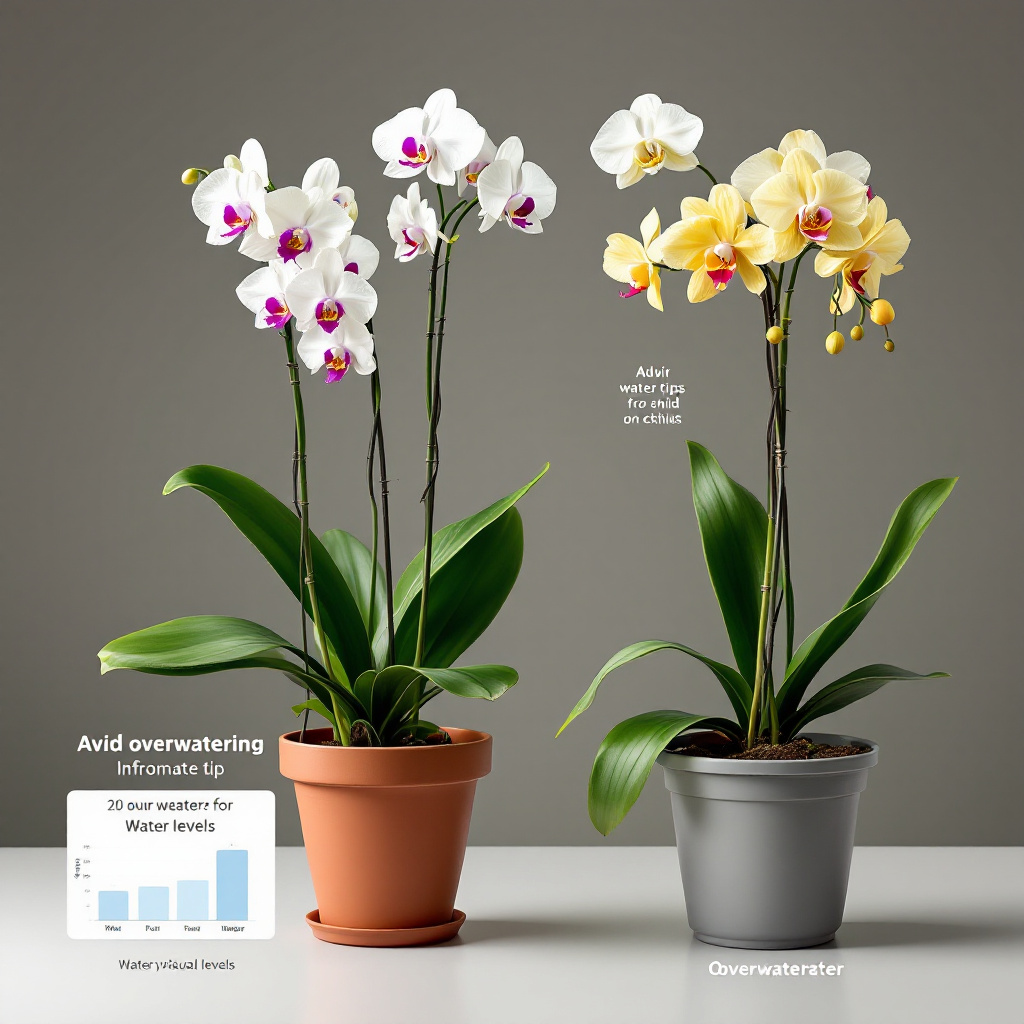
Watering by weight is another effective technique. For this method, lift the pot after watering; if it feels heavy, the orchid has sufficient moisture. Conversely, when it’s light, it’s time to water. This technique requires a keen sense of observation concerning seasonal changes. In spring and summer, orchids generally require more frequent watering, while in the fall and winter, their needs decrease significantly. Additionally, selecting the right container is crucial for ensuring proper drainage. Choose pots with ample drainage holes and combine them with a well-aerated growing medium, such as bark or sphagnum moss, to facilitate healthy orchid growth.
Troubleshooting Overwatered Orchids: Reviving Your Plant
Overwatering is one of the most prevalent issues faced by orchid owners. If you suspect that your orchid has been overwatered, it is essential to act quickly to mitigate potential damage. Start by carefully inspecting your plant. Yellowing leaves, soft or mushy roots, and a sour smell from the potting medium are signs of overwatering. The first step in reviving an overwatered orchid is to remove it from its pot.
Gently take the orchid out and examine the root system. Healthy roots are typically firm and green; however, overwatered roots often appear brown and rotten. Trim away any damaged or mushy roots using sterilized scissors. This action is crucial, as retaining rotten roots can hinder your plant’s recovery. After pruning, allow the roots to dry for a few hours before repotting.
When repotting, choose a potting medium specifically designed for orchids—typically a mix of bark, charcoal, and sphagnum moss—allowing for excellent drainage and aeration. Ensure that the new pot has ample drainage holes to prevent water from accumulating at the bottom. Carefully place your orchid back into the new medium, ensuring that the roots are spread out comfortably.
After repotting, modify your watering regimen to support recovery. Allow the potting medium to dry out completely before the next watering. It is also advisable to reduce watering frequency during this recovery period. Monitor your orchid closely, and limit fertilization until the plant shows signs of new growth, as overly fertilizing an overwatered orchid can lead to further stress.
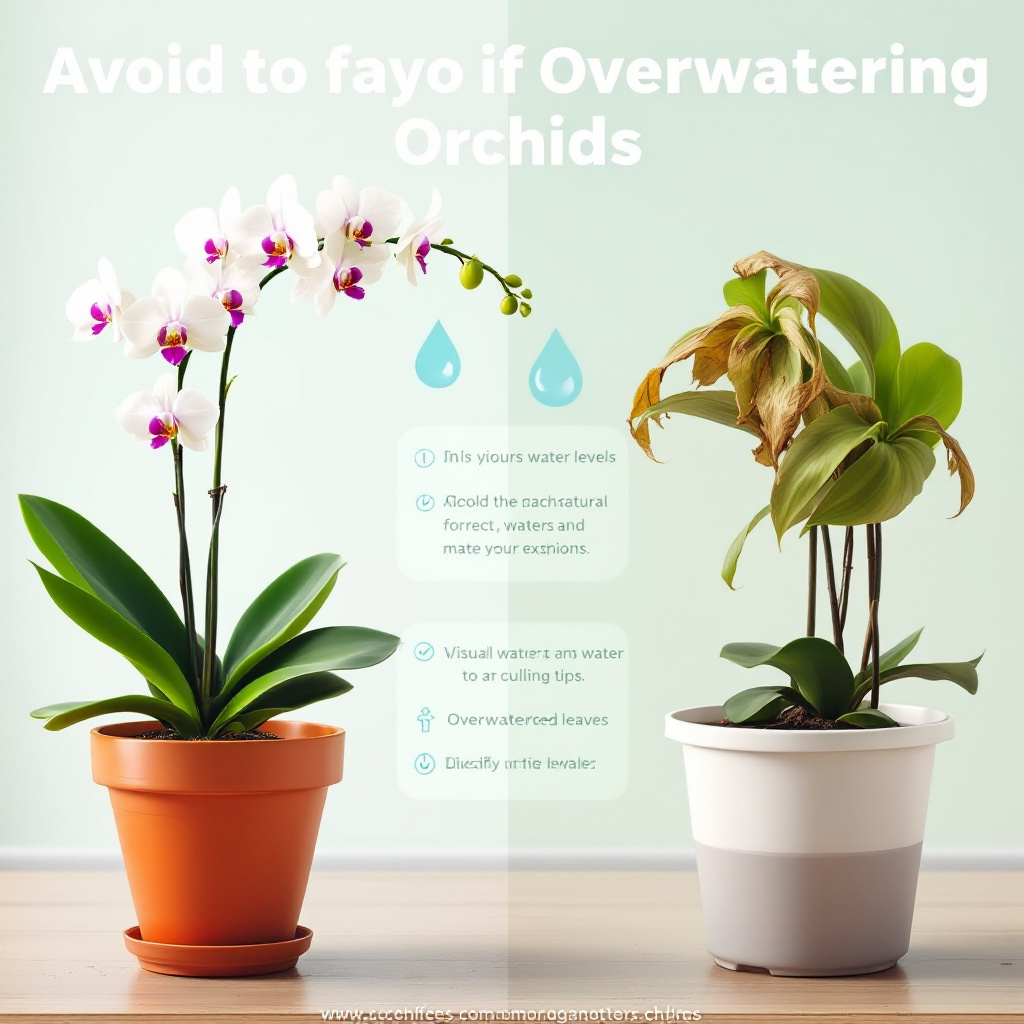
In the future, ensuring proper drainage and carefully monitoring moisture levels can help prevent overwatering incidents. By taking these steps, your orchid is more likely to rebound and thrive once again.



